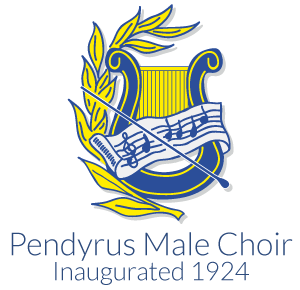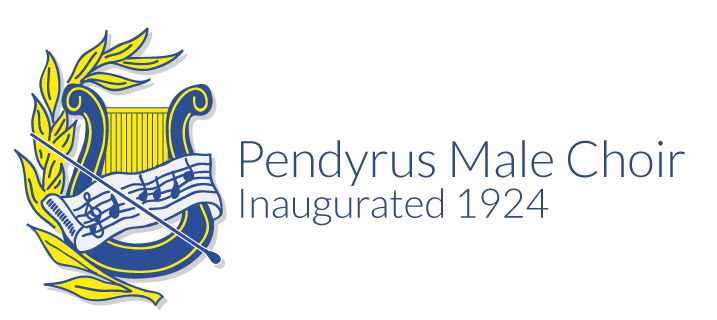What’s in a Name
Long before Alfred Tylor (after whom Tylorstown was named) sank his coal shaft in 1872, the valley was uninhabited except for a scattering of hill-farms. Two of these, of which only a few stones now remain, were called Pendyrus Uchaf and Pendyrus Isaf (“uchaf” = highest; “isaf” = lowest), and he named the colliery Pendyrus (later changed to Ferndale Number 6). The name appears to be an amalgamation of two Welsh words – “pen” which perhaps in this context means a peak or a ridge, and “dyrus”, which implies rough, rocky terrain which cannot easily be cultivated.
On the evening of the first meeting of the choir the men were distracted by a fire which gutted the colliery Power Station across the valley. As they watched the blaze, they noticed a railway signal-box illuminated by the flames. The signal-box, too, was named “Pendyris” (an alternative spelling), and, deciding that this was more historical, more romantic, and more “Welsh” than Tylorstown, they adopted it for the new choir.”Pendyrus” is now accepted by the Post Office as the official Welsh alternative for Tylorstown, and can be found as the names of two streets in the locality, and of one in Cardiff, of houses occupied by choristers past and present, and, believe it or not, of a street in Delta, Pennsylvania (re-christened in honour of the choir’s American tour in 1989).

